
Evidence of 6,000-Year-Old Sacrificial Rituals Unearthed at Tadım Fortress Excavations in Elazığ
Archaeological excavations at Tadım Fortress and Mound in Elazığ, eastern Türkiye, have revealed striking evidence of religious practices dating back nearly 6,000 years. Conducted under the direction of the Elazığ Archaeology and Ethnography Museum, the investigations are shedding new light on both daily life and ritual traditions of the region’s prehistoric communities.
This season, archaeologists uncovered the remains of two adjoining houses and five altar bases. Among the most significant discoveries was a stone altar with a blood channel, bearing traces of cutting tools. Around the structure, researchers found human teeth and bone fragments alongside animal remains, suggesting the site was used for sacrificial ceremonies dedicated to deities.
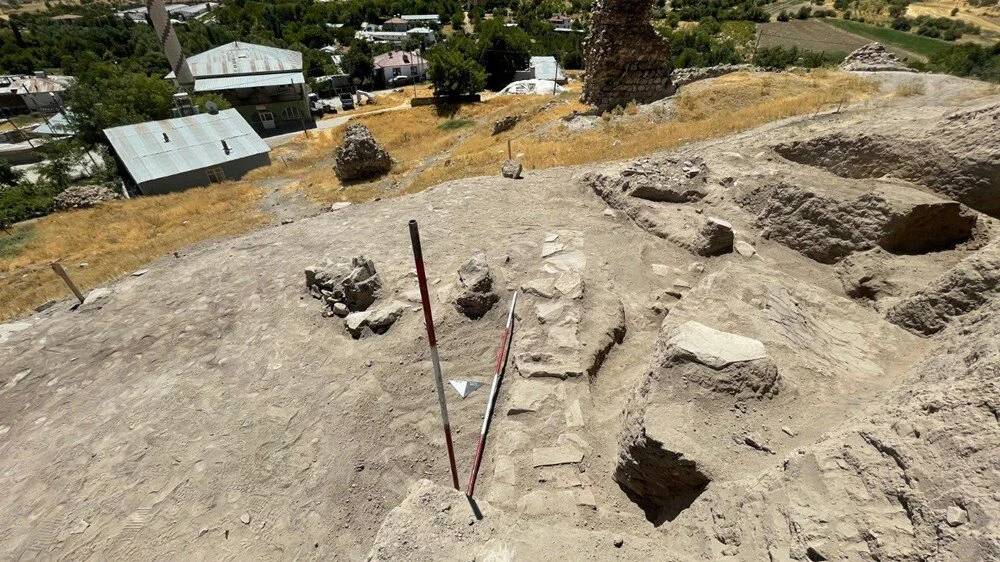
Twin-Headed Hearths and a Ritual Vessel
Excavations also revealed a 66-square-meter rectangular house, featuring thick mudbrick walls and a carefully prepared floor. In the southern room, two fixed hearths stood out with their unusual twin-headed design decorated with animal motifs—symbols believed to represent strength and power. Archaeologists also unearthed a single-handled jug with geometric patterns, interpreted as a vessel for ritual offerings, possibly of blood or other sacred liquids.
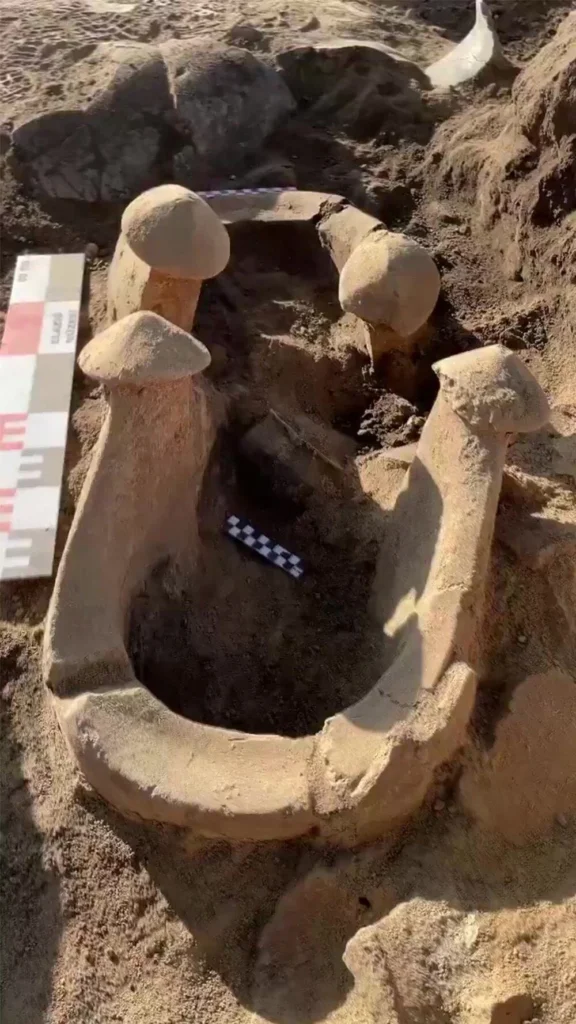
Signs of Textile Production
Findings inside the houses were not limited to ritual items. Tools made from animal bones, terracotta loom weights, and stone implements point to a well-developed textile industry that coexisted with ceremonial practices.
📣 Our WhatsApp channel is now LIVE! Stay up-to-date with the latest news and updates, just click here to follow us on WhatsApp and never miss a thing!!
A Window into the 4th Millennium BCE
Earlier discoveries at the site, including decorated pottery and portable hearths, were dated to between 4000 and 3000 BCE. The newly unearthed structures confirm the same chronology, reinforcing the importance of Tadım Fortress as a key settlement in Anatolia’s prehistoric cultural landscape.
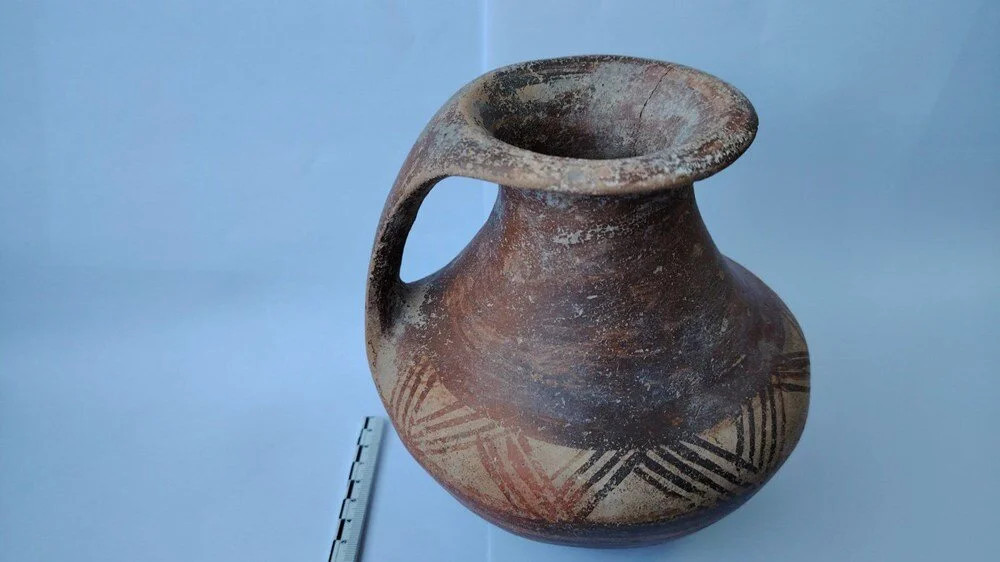
The excavations are part of the Turkish Ministry of Culture and Tourism’s “Heritage for the Future Project”, which aims to scientifically preserve and uncover the ancient heritage of the region. Work at Tadım Fortress is expected to continue in the coming years.
You may also like
- A 1700-year-old statue of Pan unearthed during the excavations at Polyeuktos in İstanbul
- The granary was found in the ancient city of Sebaste, founded by the first Roman emperor Augustus
- Donalar Kale Kapı Rock Tomb or Donalar Rock Tomb
- Theater emerges as works continue in ancient city of Perinthos
- Urartian King Argishti’s bronze shield revealed the name of an unknown country
- The religious center of Lycia, the ancient city of Letoon
- Who were the Luwians?
- A new study brings a fresh perspective on the Anatolian origin of the Indo-European languages
- Perhaps the oldest thermal treatment center in the world, which has been in continuous use for 2000 years -Basilica Therma Roman Bath or King’s Daughter-
- The largest synagogue of the ancient world, located in the ancient city of Sardis, is being restored

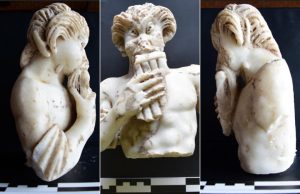
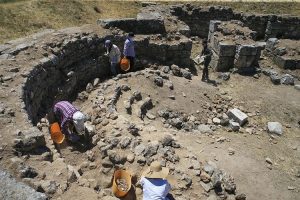
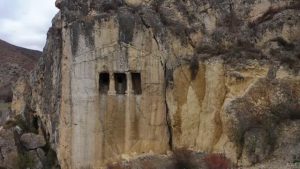
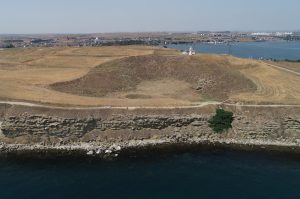
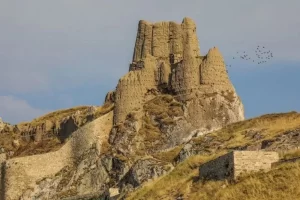
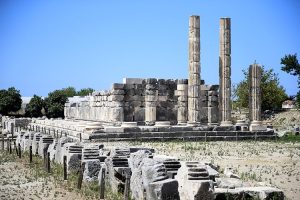


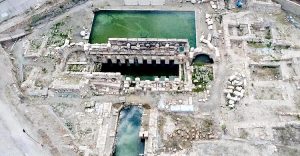
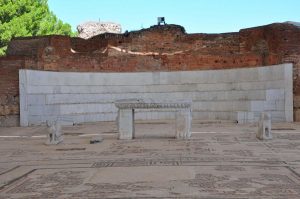
Leave a Reply